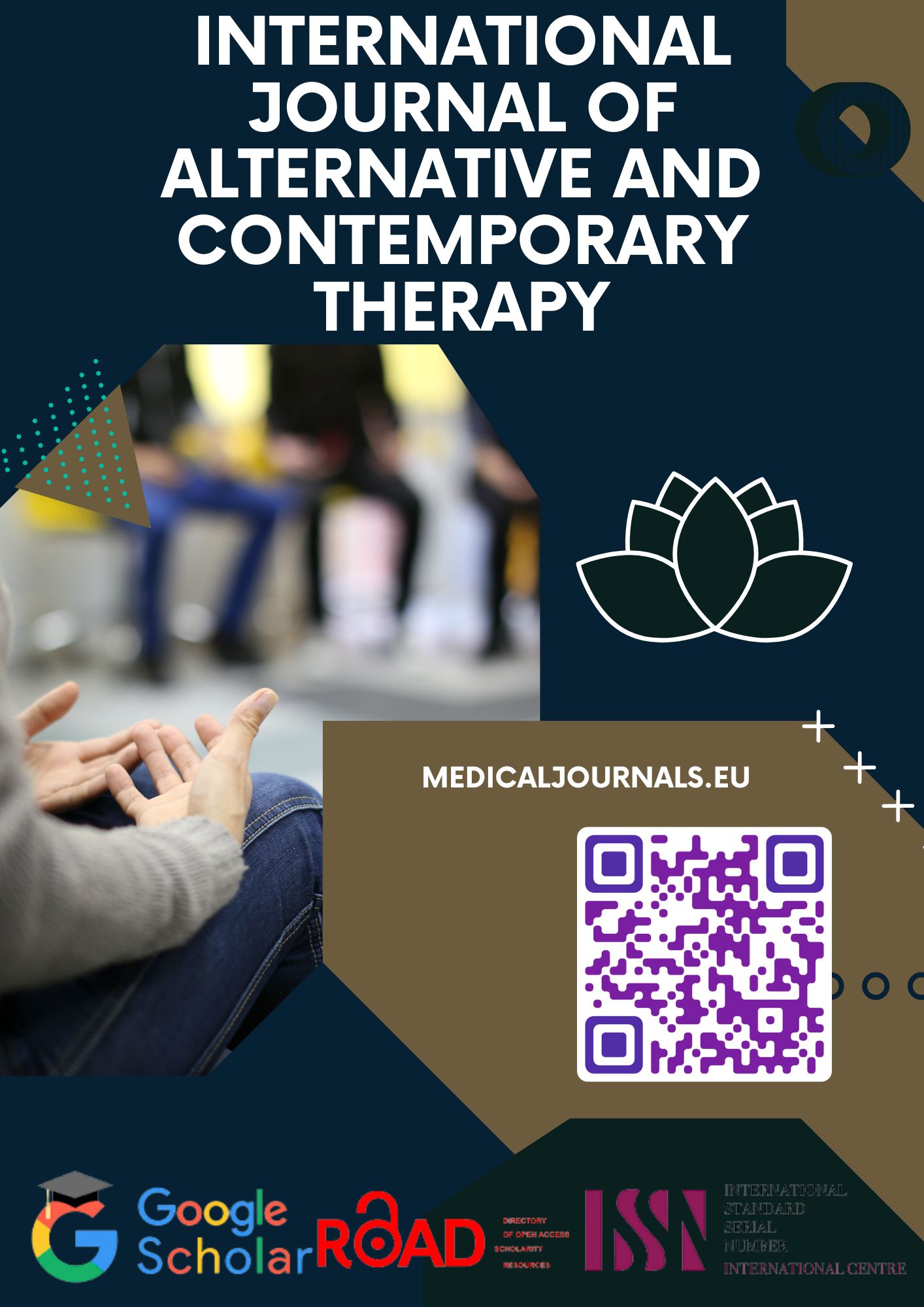The Use of Radiowave Surgery in Patients with Vasomotor Rhinitis
Keywords:
vasomotor rhinitis, radiowave surgery, lowers shells, dopplerography, ultrasound disintegrationAbstract
Vasomotor rhinitis is one of the most common diseases and in recent years the number of patients with this pathology has been increasing. This disease is characterized by a pathological condition of the nasal mucosa of a non-inflammatory nature, which is based on a violation of nervous mechanisms that causes a normal physiological state, as a result of which stimuli of exogenous and endogenous origin cause a hyperergic reaction. The aim of the study was to evaluate the clinical effectiveness of radiowave surgery in patients with vasomotor rhinitis. Patients of the main group (n=122) were treated with the method we proposed, in the comparison group (n=94), traditional treatment was performed, consisting of basic treatment of this ailment according to the generally accepted standard. The clinical efficacy of radiowave surgery for vasomotor rhinitis was evaluated on the basis of the functional state of the nasal mucosa, determination of the blood supply to the oral cavity by ultrasound Dopplerography, rhinoscopic (endoscopic) examination, medical and social study of vasomotor rhinitis and statistical methods. The effectiveness of treatment by the method of destruction of the lower nasal conchs using radio wave surgery significantly exceeds the traditional method (ultrasonic disintegration of the lower nasal conchs). This is confirmed by the disappearance of symptoms 14 days after treatment in most patients, as well as high percentages of patients who have a stable improvement in their condition.








